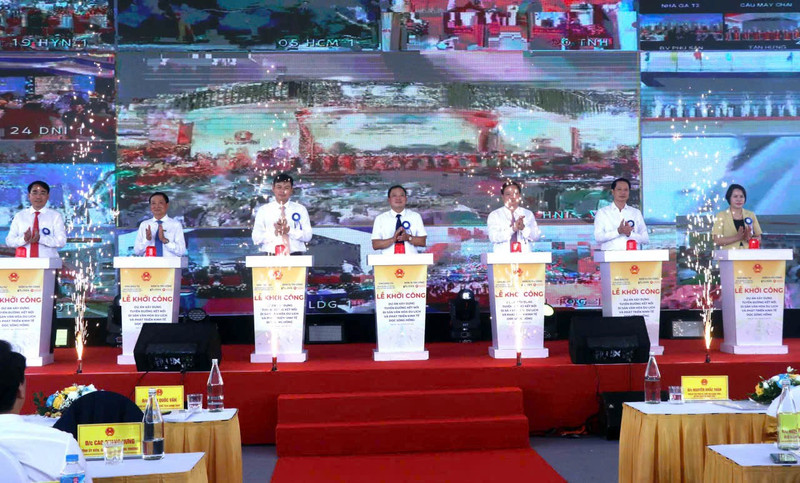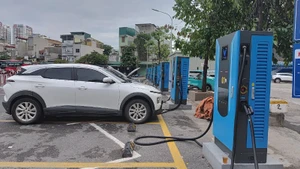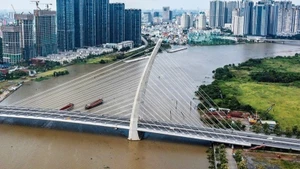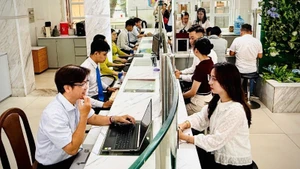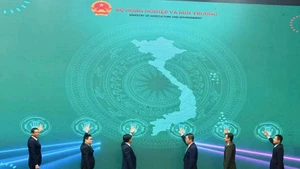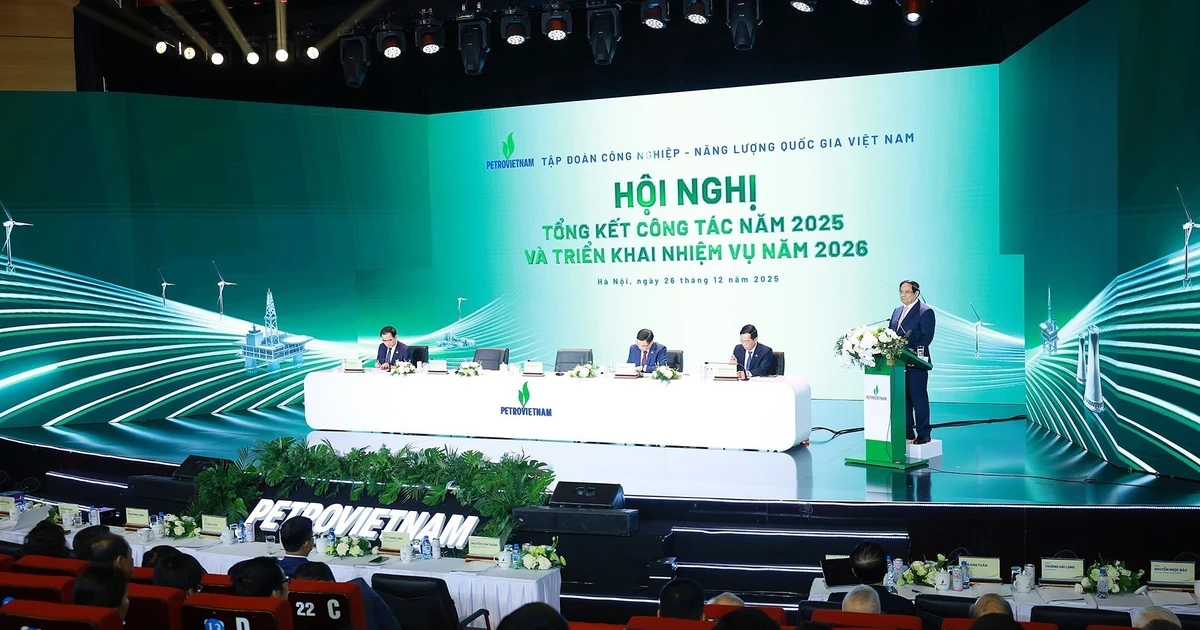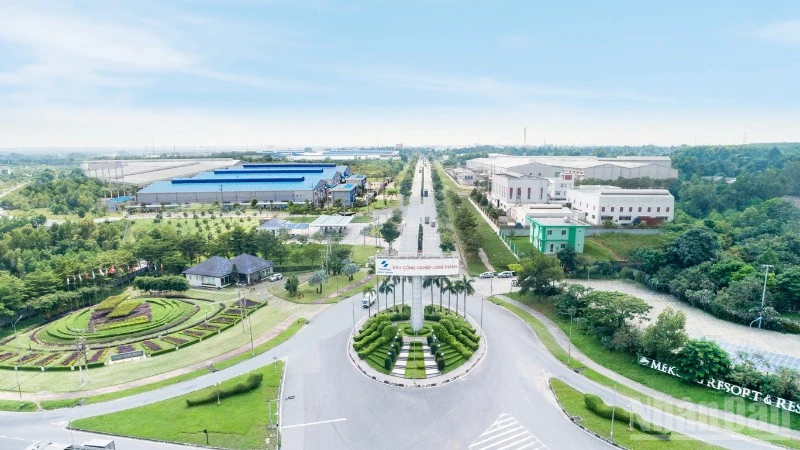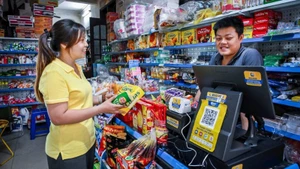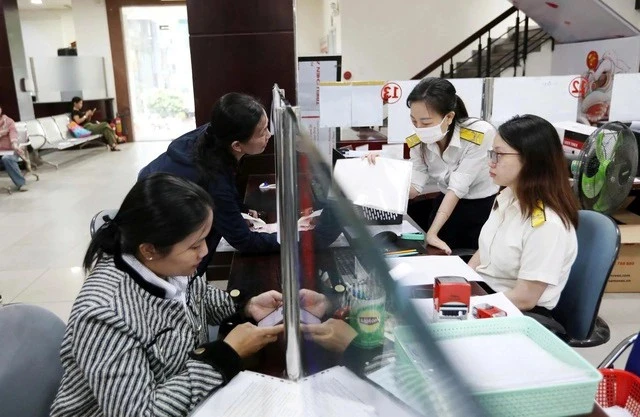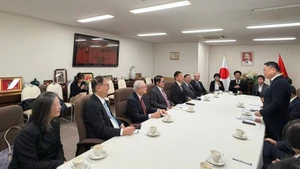“We get up early to witness the groundbreaking of the road connecting cultural heritage, tourism and economic development along the Red River, because this is the road the people have long wished for. We are ready to hand over land for the project so that the road can be completed soon, helping to revive the Pho Hien heritage and creating favourable conditions for people to have a better life,” said Nguyen Van Uyen, a resident in Son Nam Ward, Hung Yen Province.
According to Do Huu Nhan, Director of the Department of Culture, Sports and Tourism of Hung Yen Province, in the past, Pho Hien was a prosperous urban centre and trading port, with the saying passed down through generations: “First is the capital, second is Pho Hien”; an urban centre was formed and developed in the 16th century, reaching its peak in the mid-17th century. With the historical role and profound significance of the Pho Hien relic complex, Hung Yen Province has paid attention to restoring, preserving and embellishing the remaining relics of the Pho Hien relic complex. The preservation and promotion of traditional cultural values to develop tourism products bearing the Pho Hien brand and identity is both of socio-economic and historical-cultural significance. At the same time, Hung Yen Province has submitted to the Government a project to build and restore the ancient Pho Hien, not only as a task of preserving, embellishing and promoting historical and cultural relics, but also to “Continue to build, preserve, revitalise and develop the culture of the nation”. The highlight of the project is the recreation of streets where local people and foreigners once lived, produced, traded and exchanged and a bustling riverside port in order to attract domestic and international tourists to Pho Hien. Therefore, the road connecting cultural heritage, tourism and economic development along the Red River will link “ancient Pho Hien” with cultural and spiritual heritage works along the Red River and heritage sites in some provinces and cities. It will become a spiritual tourism road of the Red River Delta.
The road connecting cultural heritage, tourism and economic development along the Red River is a key transport project of Hung Yen Province for the 2021–2025 period. The project runs through 13 communes of Phung Cong, Van Giang, Me So, Trieu Viet Vuong, Chau Ninh, Khoai Chau, Chi Minh, Duc Hop, Hiep Cuong, Son Nam, Pho Hien, Hong Chau and Tan Hung, with a total length of more than 55 km.
The main road has a scale of level-II delta road, with a design speed of 100 km/h, and side roads designed according to standard TCVN 4054:2005. The total investment capital of the project is about 9,275 billion VND, with an implementation period from 2025 to 2027.
Nguyen Khac Than, Chairman of Hung Yen Provincial People’s Committee, said that the project of building the road connecting cultural heritage, tourism and economic development along the Red River not only contributes to completing the essential transport infrastructure of the province and the region, meeting people’s travel and goods transport needs, but also opens up new development space, creating conditions to establish urban, service and tourism areas along the heritage route, strongly attracting investment resources. The road will also connect cultural and spiritual heritage works of Thang Long – Pho Hien – Tam Chuc – Bai Dinh – Huong Pagoda – Tran Temple; connecting transport between Ha Noi – Hung Yen – Ninh Binh, creating a driving force for inter-regional development. This is a breakthrough step in transport infrastructure development set out by the Resolution of the Hung Yen Provincial Party Congress for the 2020–2025 term.
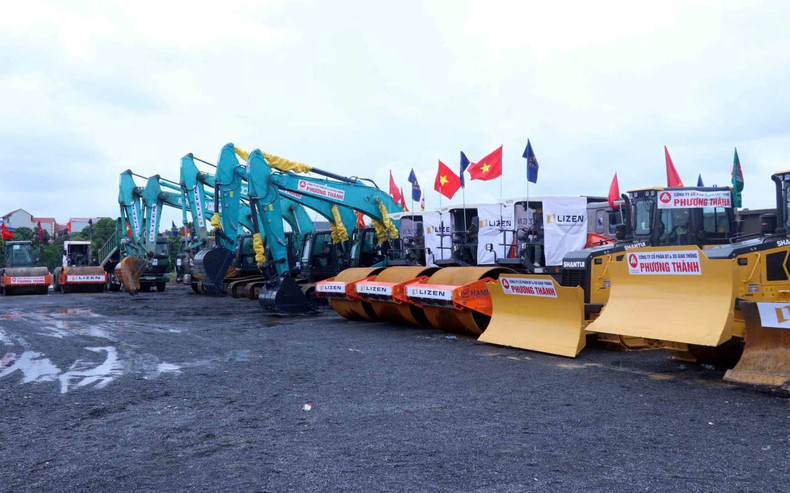
To ensure that the project is implemented and completed on schedule, with guaranteed quality and technical requirements, the Hung Yen Provincial People’s Committee has directed departments, sectors, localities and relevant units to well perform several key tasks: strictly managing quality, progress and investment capital throughout the implementation process; regularly inspecting, supervising, timely removing difficulties and obstacles; ensuring safe and high-quality construction, and on time.
The people’s committees of communes and wards within the project area continue to resolutely carry out land clearance. The implementation of compensation, support and resettlement policies for households must comply with legal regulations, be suitable with the reality, and ensure the legitimate rights and interests of the people; clean land should be handed over to contractors as soon as possible to ensure project progress. Currently, localities where the road passes have issued land recovery notices, basically completed check and land origin determination; built compensation and support plans. Some localities have issued decisions approving compensation and support plans and organised payments to households. So far, localities have implemented the site clearance of about 65ha, reaching around 24% of the total recovered land area, and relocated more than 600 graves.
Construction units and supervision consultants are required to mobilise modern equipment and select a capable, experienced workforce to implement the project, striving to complete construction on schedule and put the road into operation, meeting the people’s expectations.
